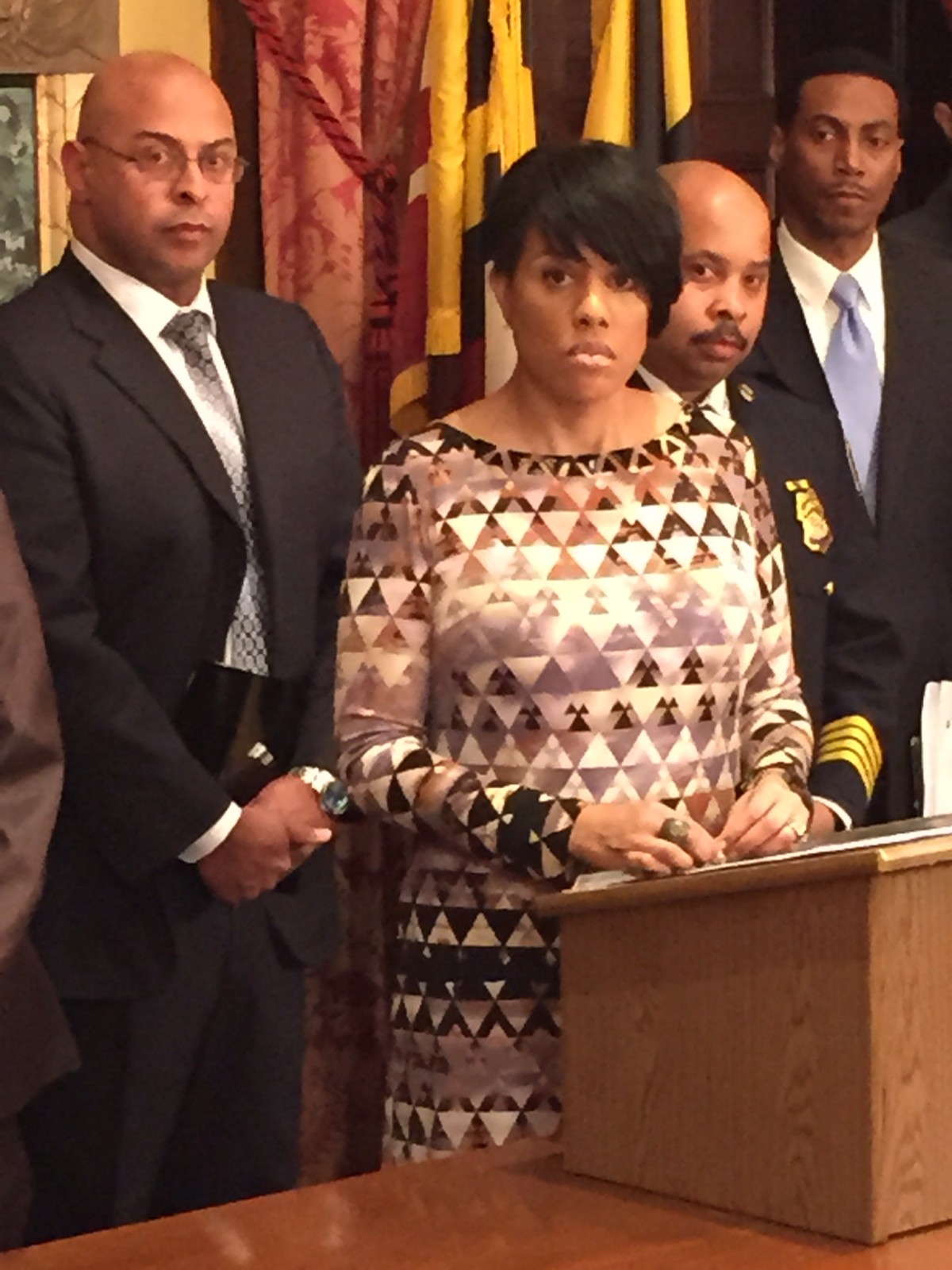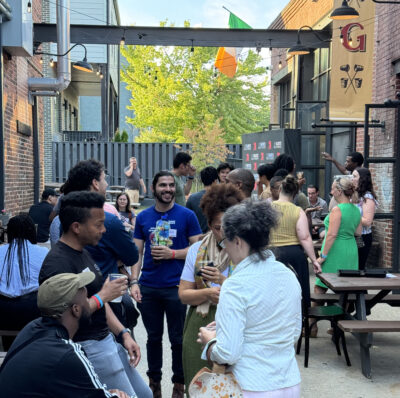Baltimore city officials have settled on a body camera they would like police officers to wear.
After a pilot phase in which three types of body cameras were tested in three police districts, the city has opted for Taser International’s Axon body camera. A cloud storage system for video data will be part of the package.
But it’s not a done deal yet. The choice announced at a press conference Tuesday will lead the Board of Estimates to formally open the bid submitted to the city by Taser International. Only then will the agency learn the price Taser is asking. City officials then have the option to negotiate the price. They’ve set a goal of reaching a final deal by the end of February. Asked how much was budgeted, officials declined to reveal their full hand.
“If you go into a car dealership and tell them you have $30,000 dollars to spend, they’re going to sell you a $30,000 car,” said Mayor Stephanie Rawlings-Blake, in a press conference that was streamed via Periscope.
Cameras help bring greater accountability, trust to our efforts to improve police-community relations. #SaferStreets pic.twitter.com/niHhRnSclk
— Stephanie (SRB) (@MayorSRB) January 19, 2016
The choice came as a result of a pilot program where more than 155 officers in the Western, Eastern and Central police districts tried out three kinds of cameras. Police Commissioner Kevin Davis and City Purchasing Agent Tim Krus said battery life, the ability to tag information after the video was taken and the cloud storage system were among the reasons it was chosen.
Data would be kept for four years following an interaction. While Taser International will operate the storage system, the data will still be owned by the city.
Davis said officer feedback was incorporated into the review process, both in the form of surveys and direct feedback.
As far as how the cameras changed interactions, Davis said officers reported arrestees that were more cooperative, and crowds that dispersed more readily.
“When people know there’s a camera on the scene, they interact differently,” he said.
Nationwide, body cameras are seen as a form of police transparency in the wake of the deaths of Michael Brown, Eric Garner and Walter Scott. In the latter two cases, citizen cellphone video captured the incident. In Baltimore, citizen video footage was part of what helped prompt questions about the death of Freddie Gray, but the clip only featured a portion of the full interaction. Just as the country is looking to Baltimore in the Gray case, the police department is also under the microscope as it adopts a body camera program.
“They’re going to benchmark it off of us, undoubtedly,” Davis said of the national attention.
The pick of Taser International comes more than a year after Rawlings-Blake vetoed a City Council bill that would have outfitted officers with body cameras immediately. She addressed the calls to act quicker, saying she wanted to make sure that “Baltimore did not end up with a boondoggle wasting taxpayers money.”
“While some would have me rush in and promise to outfit all the officers within a month or two — and those calls were very loud and very persistent — this was far more complicated than simply going down to Radio Shack and grabbing cameras off the shelf,” she said.
Before you go...
Please consider supporting Technical.ly to keep our independent journalism strong. Unlike most business-focused media outlets, we don’t have a paywall. Instead, we count on your personal and organizational support.
Join our growing Slack community
Join 5,000 tech professionals and entrepreneurs in our community Slack today!






